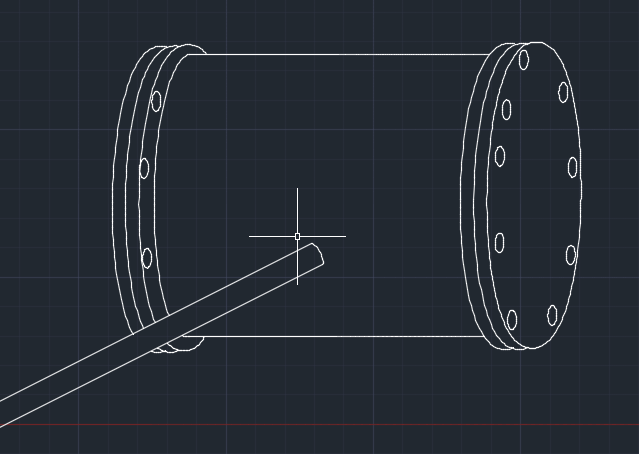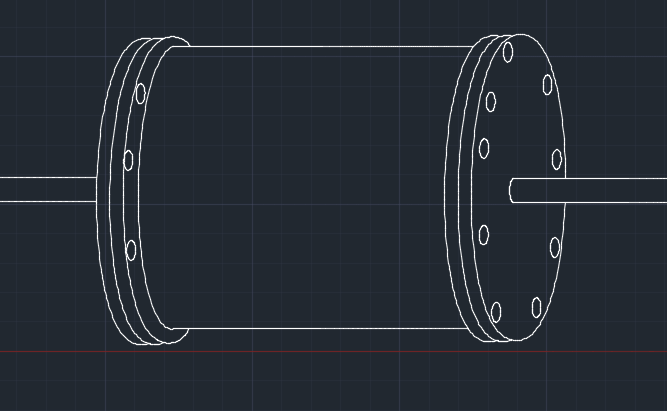Hello, this is my first post, thanks for your time.
This is a question regarding code.
I have a 30gal pressure vessel need for the plant's high purity argon line. The receiver tank must be clean of dust, oil, anything that can contaminate the line, but it's impossible for any vendors I know of to clean tanks this small. So we're exploring constructing our own tank out of about 6 feet of 12inch SCH40 pipe sealed with bolted plates to welded flanges that way we can readily clean it. I have searched for code relevant to this, the only thing I could find was B31.3 para 304.7.2, and that's not even that relevant. I did the cylindrical and weld stress calcs (max pressure in our main is 200psi), safety/design factor of 12. So if 304.7.2 is relevant, we're good to go. All the components of this make shift "pressure vessel" are off the shelf components meant for this service, all weld and splicing techniques will be per best/standard practice. Am I missing anything that may place this under ASME pressure vessel codes and require a rating and other qualification? Also, does it make a difference if this large dia pipe was in-line with the rest of the line, rather than being T'd off from the line? For this application, the tank could be in-line or T'd off and it would not make a difference. Having it in-line seems to me like it would make it less likely to be considered a pressure vessel.
If i need to clarify anything, ask. Here's some pictures to help. T'd off would look like the left, in-line would look like the right. most likely 1in pipe and 12in pipe/tank. Thank you for input.


Thank you
This is a question regarding code.
I have a 30gal pressure vessel need for the plant's high purity argon line. The receiver tank must be clean of dust, oil, anything that can contaminate the line, but it's impossible for any vendors I know of to clean tanks this small. So we're exploring constructing our own tank out of about 6 feet of 12inch SCH40 pipe sealed with bolted plates to welded flanges that way we can readily clean it. I have searched for code relevant to this, the only thing I could find was B31.3 para 304.7.2, and that's not even that relevant. I did the cylindrical and weld stress calcs (max pressure in our main is 200psi), safety/design factor of 12. So if 304.7.2 is relevant, we're good to go. All the components of this make shift "pressure vessel" are off the shelf components meant for this service, all weld and splicing techniques will be per best/standard practice. Am I missing anything that may place this under ASME pressure vessel codes and require a rating and other qualification? Also, does it make a difference if this large dia pipe was in-line with the rest of the line, rather than being T'd off from the line? For this application, the tank could be in-line or T'd off and it would not make a difference. Having it in-line seems to me like it would make it less likely to be considered a pressure vessel.
If i need to clarify anything, ask. Here's some pictures to help. T'd off would look like the left, in-line would look like the right. most likely 1in pipe and 12in pipe/tank. Thank you for input.


Thank you
